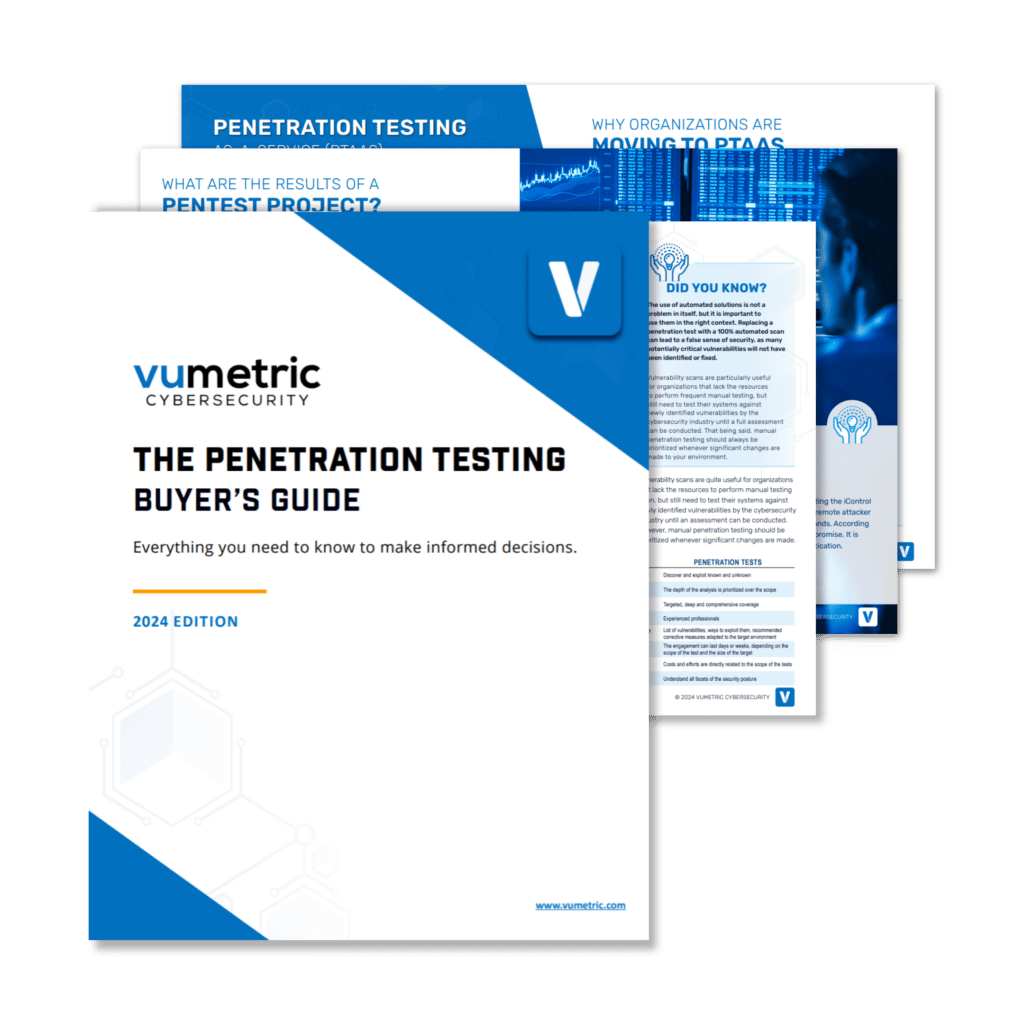Ransomware attacks have become increasingly common in recent years, and they can be devastating for businesses of all sizes. These attacks involve hackers encrypting a company’s data and demanding payment in exchange for the decryption key. If you’re not prepared for a ransomware attack, it could cost your business millions of dollars and damage your reputation.
To ensure that you’re ready for a potential ransomware attack, here are seven questions to ask yourself:
1. Do You Have Regular Backups?
One of the most important things you can do to prepare for a ransomware attack is to regularly back up your data. If your data is backed up, you won’t have to pay the ransom to get it back. Make sure that your backups are stored offsite or in the cloud so that they can’t be affected by an attack on your local network.
2. Have You Tested Your Backups?
It’s not enough just to have backups; you also need to make sure that they work when you need them. Test your backups regularly by restoring them on a test system or virtual machine.
3. Do You Have an Incident Response Plan?
An incident response plan outlines what steps should be taken if there is a security breach or other incident at your company. It should include procedures for identifying and containing the breach, notifying stakeholders, and recovering from the incident.
4. Are Your Employees Trained on Security Best Practices?
Your employees are often the weakest link when it comes to cybersecurity. Make sure that everyone in your organization is trained on security best practices such as how to identify phishing emails and how to create strong passwords.
5. Do You Use Multi-Factor Authentication?
Multi-factor authentication adds an extra layer of security to your login process by requiring users to provide two or more forms of identification. This can help prevent unauthorized access to your systems and data.
6. Have You Conducted a Risk Assessment?
A risk assessment can help you identify potential vulnerabilities in your systems and processes. It’s important to conduct regular risk assessments so that you can address any weaknesses before they are exploited by hackers.
7. Do You Have Cyber Insurance?
Cyber insurance can help protect your business from the financial impact of a ransomware attack or other cybersecurity incident. Make sure that you have adequate coverage for your business needs.
Conclusion
Ransomware attacks are a serious threat to businesses, but there are steps you can take to prepare for them. By regularly backing up your data, testing your backups, having an incident response plan, training employees on security best practices, using multi-factor authentication, conducting risk assessments, and having cyber insurance, you’ll be better equipped to handle a ransomware attack if it happens to you. Don’t wait until it’s too late; start preparing today!




